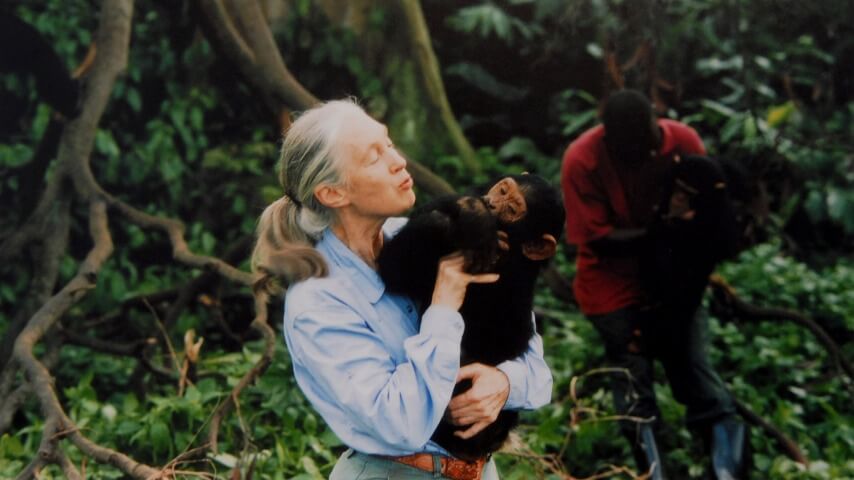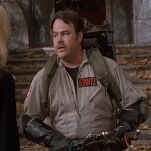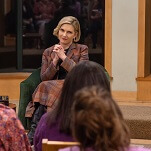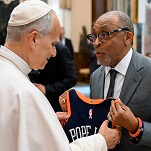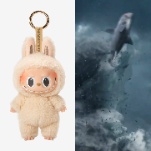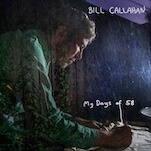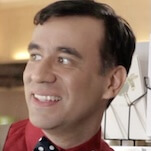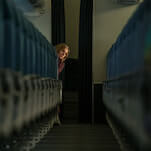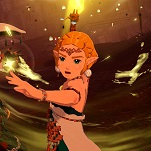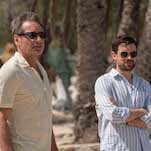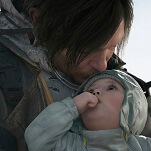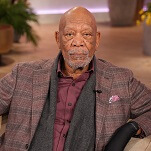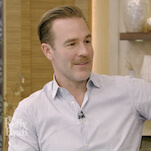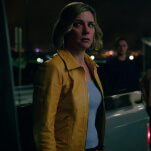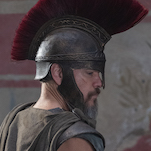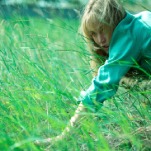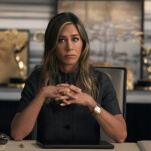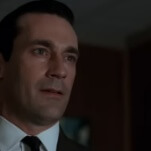Goodall’s work first made waves in 1963, when her 37-page National Geographic cover story “My Life Among the Wild Chimpanzees” was published. She was 29 at the time. For the past three years, the young researcher had been living among a troop of primates in the Gombe Stream National Park in what is now Tanzania. While there, she observed that the chimps—including animals she named David Greybeard, Flo, and Fifi—ate meat and were capable of creating and using tools, discoveries that upended scientific understanding of the time. “Now we must redefine ‘tool,’ redefine ‘man,’ or accept chimpanzees as humans,” her mentor, Louis Leakey, once said of her early work (per The New York Times).
Beyond its scientific merits, Goodall’s work also garnered widespread attention for the quality of the prose. Unlike the majority of scientific reports of the day, which would have described their findings in dry, technical terms or referred to the chimps with numbers instead of names, Goodall included herself in the narrative, turning the whole thing into a story readers could latch onto. “Stories reach the heart,” she told Imagine5. “I think people have to change from within. Facts and statistics don’t reach the heart. It reaches the head and we need to do the statistics, but if I’m giving a lecture, I never put statistics in it because people won’t remember.”
Goodall’s work also inspired more than 40 documentaries from National Geographic, Animal Planet, and more over the course of her long career, Variety reports. The first, a film called Miss Goodall And The Wild Chimpanzees, premiered on CBS News in 1965. Other notable films include the 2017 documentary Jane, which pulled from over 140 hours of footage from National Geographic’s archives, and, most recently, 2023’s Jane Goodall: Reasons For Hope, an IMAX documentary exploring her habitat restoration projects.
In the 1970s, Goodall began to shift her focus from observation to conservation. She founded the Jane Goodall Institute in 1977, which grew to become one of the largest nonprofit research and conservation organizations in the world, per NYT. Its Roots and Shoots program also teaches young people about conservation in over 100 different countries.
Despite the significant threats currently facing the environment, Goodall remained optimistic. “It would be a world where everybody lived in a way that was in harmony with nature and with each other. It would be a world without hatred and bitterness. It would be a world where love and compassion are the most important elements and it would be a world where everybody understood that animals have feelings just like us,” she said. “And we’re getting there.”
